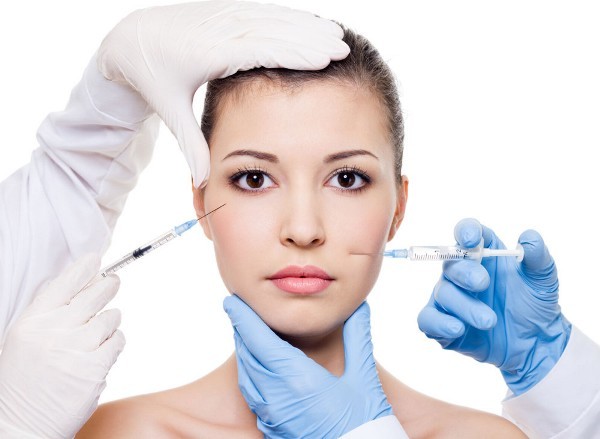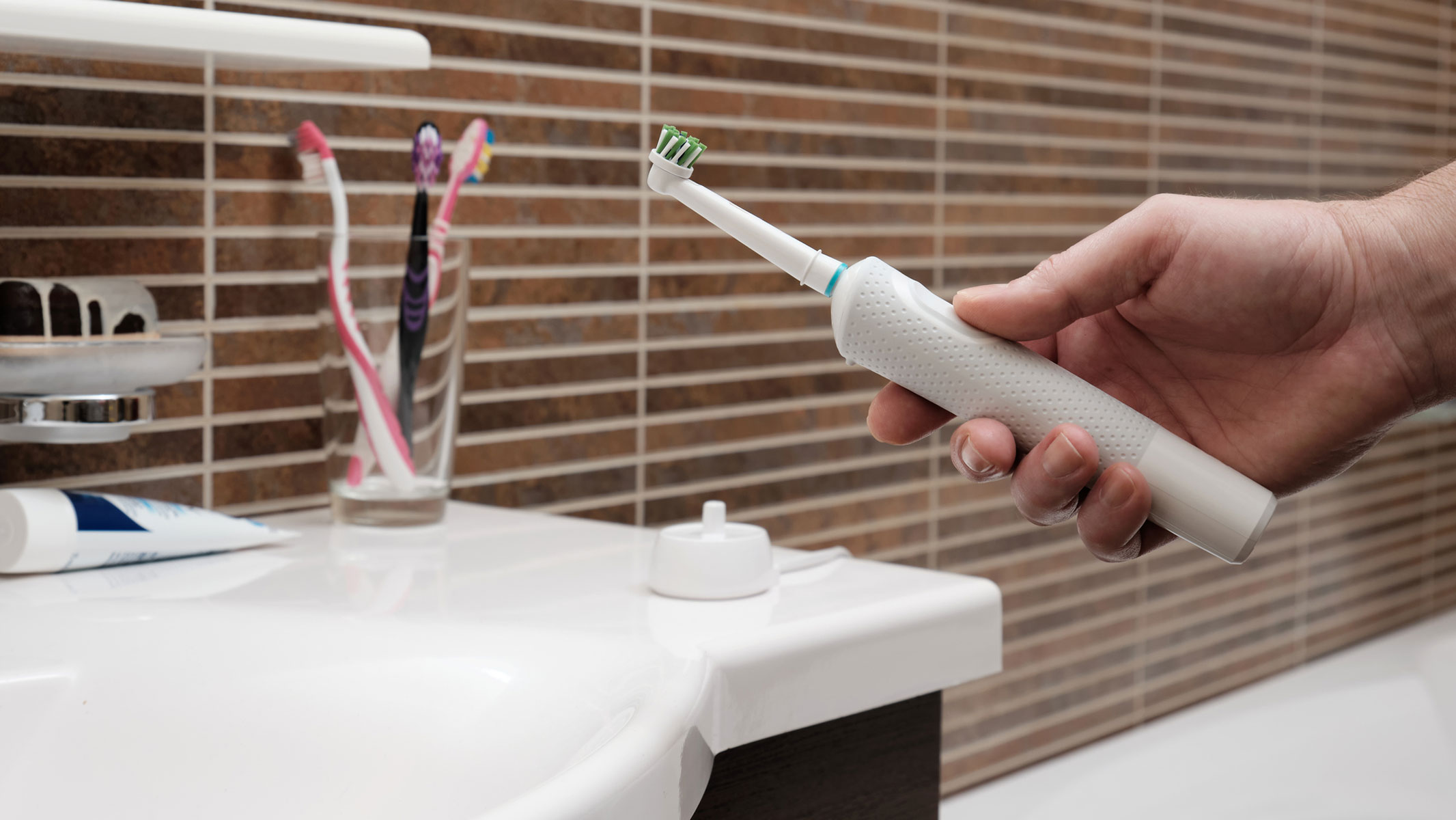Botox: Uses and Side Effects

The drug Botox is best known for its role in smoothing wrinkles in aging faces.
Made by the company Allergan, the medicine is a purified form of the botulinum toxin, which is produced by spores of the bacteria Clostridium botulinum. The toxin binds to receptors found in skeletal muscle, nerve endings, the brain and some smooth muscle, (involuntary muscles found in places such as the bladder). When it binds, the toxin prevents the release of a neurotransmitter chemical called acetylcholine. By preventing the nerves from sending signals to the muscle to contract, Botox essentially paralyzes muscles for several months, said Dr. James Newman, a facial plastic surgery professor at Stanford University and the medical director of Premier Plastic Surgery in Palo Alto, California.
The drug can also be used to treat migraines and headaches that are resistant to other treatment, as well as uncontrollable blinking, neck spasms and overactive sweat glands, Newman told Live Science.
Initially, doctors used Botox to treat the imbalance in eye muscle strength that causes cross-eyes, or strabismus, and spasms in the throat. But ear, nose and throat doctors in the 1990s who were treating spasms in the larynx noticed that the drug also smoothed patients' wrinkles, Newman said.
Word spread, and plastic surgeons began offering the treatment for wrinkle reduction, even though at the time, the Food and Drug Administration (FDA) hadn't approved Botox for this use. In 2002, however, the FDA did approve Botox for the temporary improvement of "glabellar frown lines," the lines that form just above the nose when people furrow their brows.
In recent years, the drugs Xeomin and Dysport, which are made from different forms of the botulinum protein but work using the same principle, have come on the market, Newman said.
Treatment effects
When people make facial expressions, the 50 pairs of muscles that hook into the skin of the face contract and bend the skin, causing folding at the weakest spots, Newman said. Over time, skin loses the collagen that makes it elastic, and permanent grooves can form in those spots, causing frown or smile lines, Newman said. Botox smooths these wrinkles by preventing facial muscle contraction. If people start treatment early enough, they can even prevent permanent wrinkling from taking place, he added.
Get the world’s most fascinating discoveries delivered straight to your inbox.
But because Botox temporarily paralyzes all types of skeletal muscle (and some smooth muscle), doctors also use the compound to treat many types of spasmodic muscle disorders, such as eye twitches or involuntary neck spasms. Several studies, including a 2014 study in the journal Advances in Therapy, found the drug can help people who have overactive bladders, which cause the feeling of "always needing to go."
The FDA has approved Botox injections for the reduction of migraine pain, though such use is mainly recommended for people who experience more than 14 migraines a month. However, a 2012 review study in the Journal of the American Medical Association found that Botox could eliminate two to three migraines a month, but wasn't much good at all in relieving pain from tension headaches. It's still not clear exactly why Botox works for migraines, Newman said.
A 1999 clinical trial described in the British Journal of Dermatology found that Botox significantly improved excessive sweating from the underarms, and the medicine is also used for sweaty palms and feet. The treatment works against sweating by blocking the signals sent by nerves to the sweat glands.
Botox takes three to four hours to bind to acetylcholine receptors, Newman said. The drug's effects wear off, and treatments need to be done every three to six months, likely because the body is able to break down the toxin and re-establish nerve transmission, Newman said.
Common side effects
Botox can cause pain, swelling and bruising at the injection site. Areas with more blood vessels, such as the crow's feet around the eyes, have a higher risk of bruising, Newman said.
If the injection is placed improperly or with the wrong dosing, Botox can migrate through blood vessels to other locations and cause crooked facial expressions, including a lopsided smile or droopy eyelids, "which can make somebody look very tired or like they've just had a stroke," Newman said.
Because it takes a few hours for Botox to bind to acetylcholine receptors, doing activities that raise blood pressure and circulation could increase swelling or the chance that Botox will migrate to an unwanted area, Newman said.
"If you go to the gym and do aerobics an hour after getting a Botox injection, that's probably a bad idea," Newman said.
Because Botox treatment wears off after a few months anyway, "typically you have to wait those things out," and the side effects resolve, he said.
However, studies suggest that only 2 percent of Botox treatments in the face lead to droopy eyelids, and plastic surgeons can often remedy the disturbing look by paralyzing other facial muscles to restore a more normal look, Newman said.
Rare side effects
Very rarely, the drug can cause life-threatening side effects, including allergic reactions. The bacterium can also sometimes travel to other parts of the body, where it can cause muscle weakness, vision problems, or trouble swallowing and breathing.
And in a small percentage of the population, Botox simply won't work. Some of these people were exposed in the past to the real botulinum toxin, so their immune systems produce antibodies that bind to the protein, Newman said. Some antibiotics can also prevent the medicine from working, Newman added.
People who have Botox injections may also have trouble making the full range of facial expressions. In his book, "The Face of Emotion: How Botox Affects Our Moods and Relationships" (Palgrave MacMillan, 2013), Eric Finzi argues that people's feeling of an emotion, such as anger, sadness or happiness, may be triggered by the facial expression associated with that emotion. As a result, Botox may dampen people's abilities to feel emotion by constraining their facial expressions.
That could be a good thing when it comes to depression: A 2012 study in the Journal of Psychiatric Research found that people suffering from major depression who received a Botox injection to the frown lines showed a dramatic improvement in their symptoms.
Follow Tia Ghose on Twitter and Google+. Follow Live Science @livescience, Facebook & Google+. Original article on Live Science.

Tia is the editor-in-chief (premium) and was formerly managing editor and senior writer for Live Science. Her work has appeared in Scientific American, Wired.com, Science News and other outlets. She holds a master's degree in bioengineering from the University of Washington, a graduate certificate in science writing from UC Santa Cruz and a bachelor's degree in mechanical engineering from the University of Texas at Austin. Tia was part of a team at the Milwaukee Journal Sentinel that published the Empty Cradles series on preterm births, which won multiple awards, including the 2012 Casey Medal for Meritorious Journalism.
